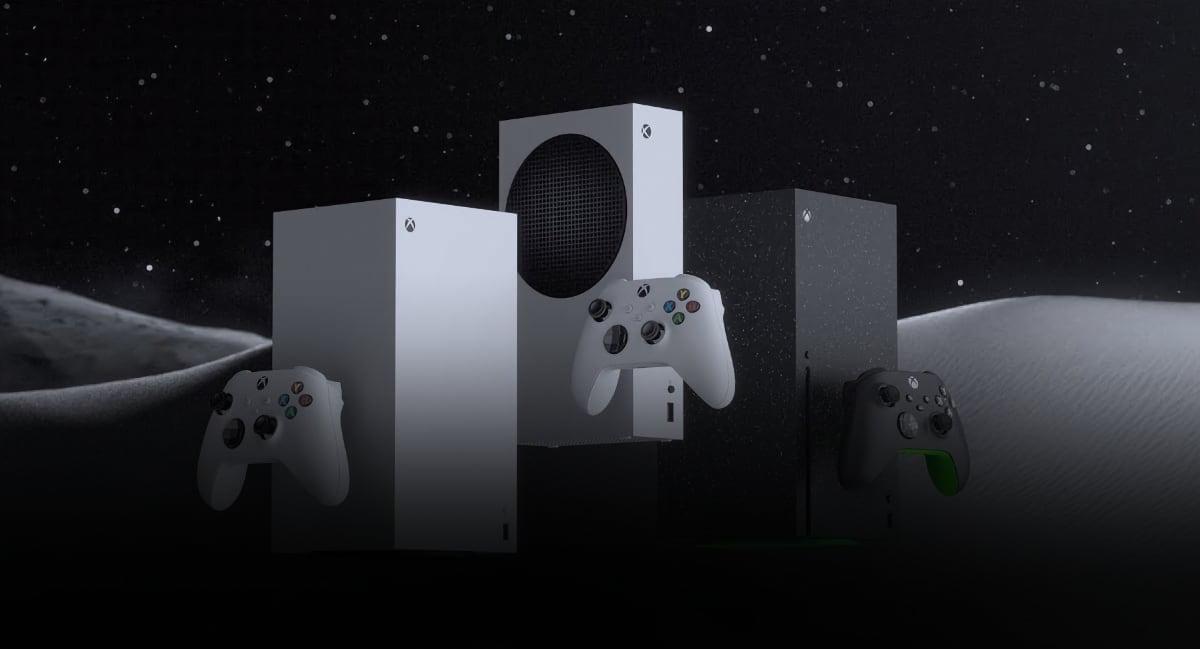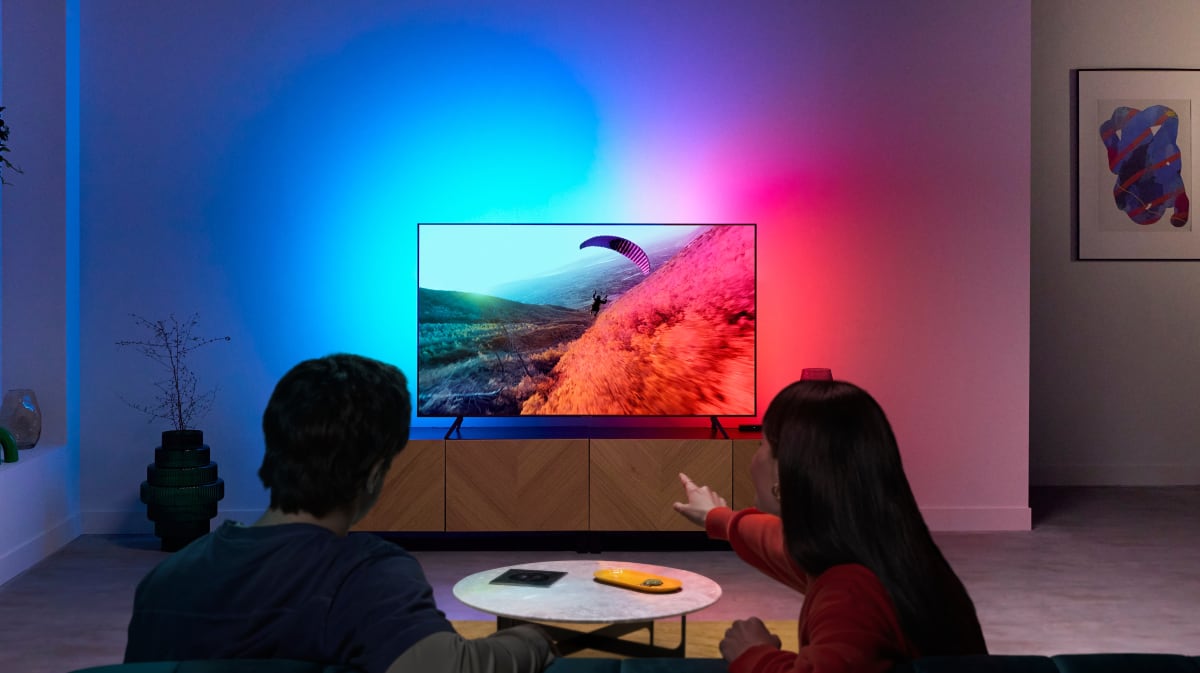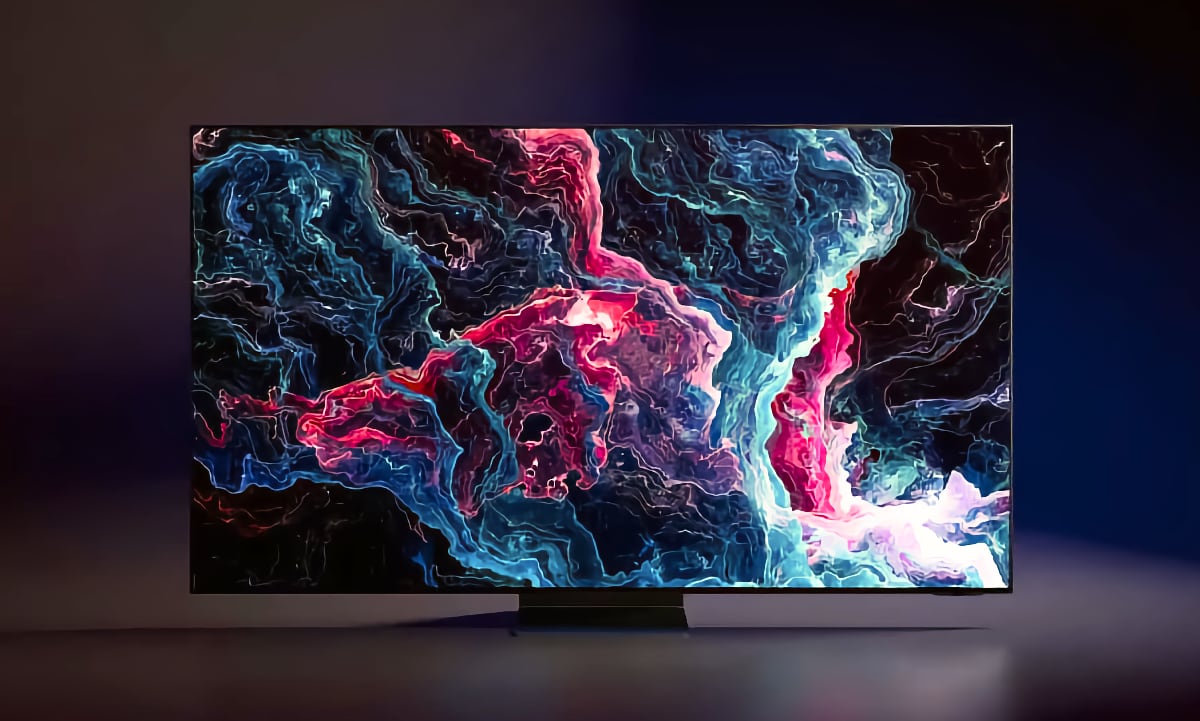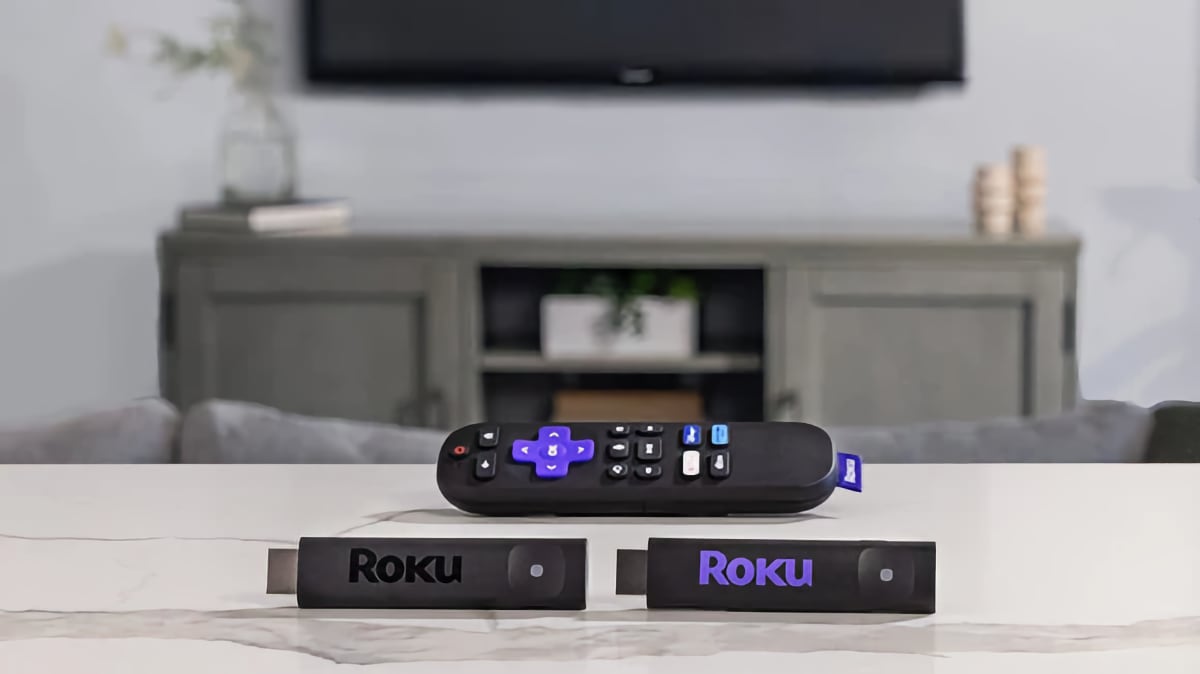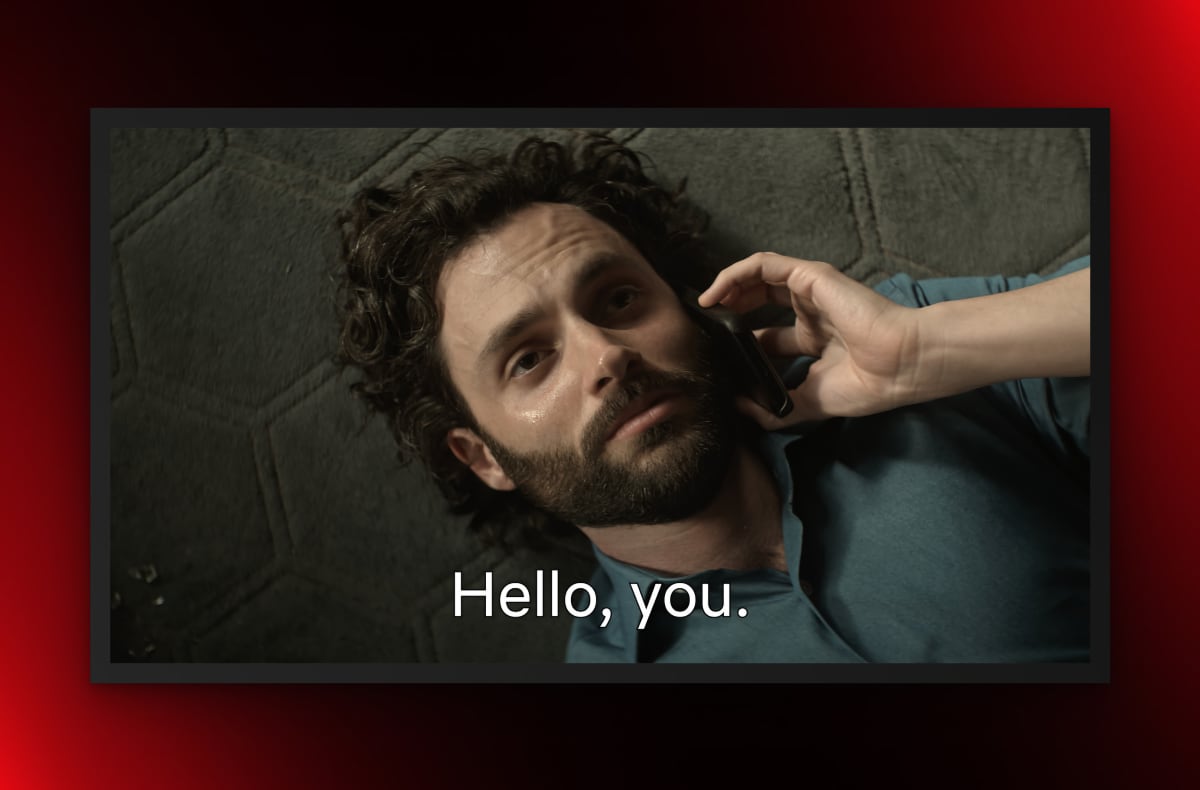Two years from now, Japan’s national television broadcaster, NHK, will start broadcasting TV channels in 8K resolution. 8K resolution is four times higher than 4K and 16 times higher than Full HD.
Ahead of the 2020 Olympics
NHK demonstrated the wonders of 8K resolution at some public locations in the UK and Japan during the 2012 London Olympics, and plans to broadcast the 2014 Soccer World Cup in Brazil in 4K resolution.
Two years from now, in 2016, NHK will start broadcasting TV channels in 8K – or Super Hi-Vision as they prefer to call it – in Japan. If successful, NHK will be 4 years ahead of the official plan to broadcast the 2020 Summer Olympics in Tokyo in impressive 8K resolution.
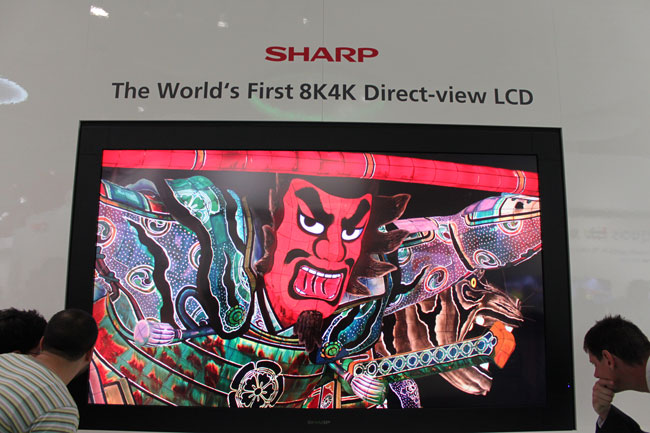
Sharp’s 85-inch 8K TV with 8K content from NHK has been exhibited at several CES and IFA shows in recent years
NHK recently carried out successful testing of 8K (7680x4320) broadcasting over a distance of 27 kilometers with a single UHF channel. NHK used the HEVC codec as compression and a bit rate of 85 Mbit/s – roughly six to ten times more than most 720p TV channels are using for bit rate.
Despite NHK’s plans there are still several technical challenges to overcome. The broadcasting TV networks are not yet suited for even Full HD TV signals in many countries, and no TV manufacturer is currently selling consumer-focused 8K TVs. 4K TVs have only just hit stores in recent years, but 2020 is obviously still many years away.
Some people in the industry argue that 8K will become the new “real” Ultra HD resolution and that 4K will take the role of the current 720p resolution. Others argue that 8K makes no sense for 2D TVs in homes, but that it could enable glasses-free 3D.
- Sources: Japan Daily Press & Myce
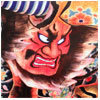 Japan's NHK to begin 8K broadcasting in 2016
Japan's NHK to begin 8K broadcasting in 2016


